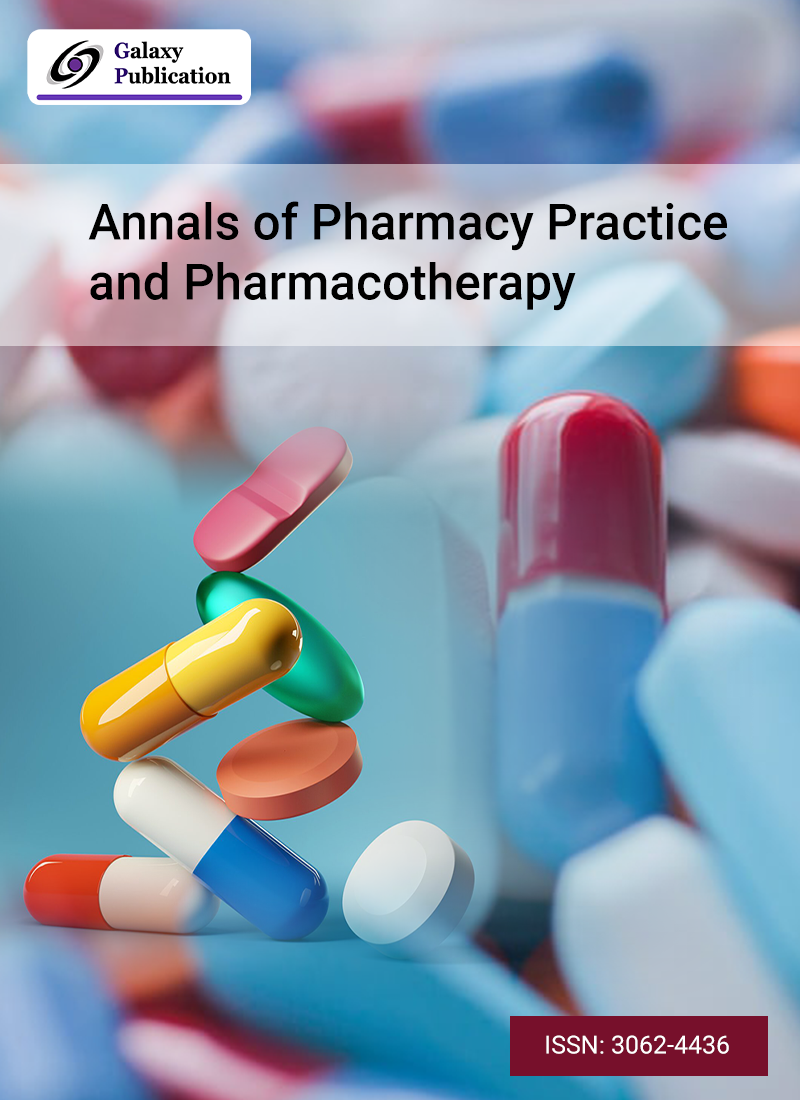
Intensive care units (ICUs) are the primary target for antibiotic consumption monitoring due to their high antibiotic usage. Antimicrobial resistance (AMR) is a major global public health concern. We conducted a five-year, monocentric, retrospective, and observational study to assess the use and cost of antibiotics in the intensive care units at the Oradea County Emergency Clinical Hospital in Romania. The amount was expressed in DDD/100 patient days, and the prescription antibiotic’s cost was in EUR. Half of the top ten antibiotics prescribed, or 84.81% of the total, were ceftriaxone and amoxicillin/clavulanic acid. Contrary to popular belief, fewer antibiotics are classified as access, and most are classified as WHO Watch. The most expensive antibiotic therapy prescriptions in the intensive care units were for ceftazidime/avibactam, cefoperazone/sulbactam, colistin, meropenem, tigecycline, ceftriaxone, amoxicillin/clavulanic acid, moxifloxacin, ertapenem, vancomycin, linezolid, ciprofloxacin, and piperacillin/tazobactam. Medication costs for ceftriaxone, amoxicillin/clavulanic acid, ertapenem, and piperacillin/tazobactam stayed mostly constant, whereas meropenem, tigecycline, vancomycin, moxifloxacin, and ciprofloxacin exhibited an upward trend. Our findings shed light on different aspects of antibiotic misuse, enabling cost-cutting solutions and a significant step towards the rationalisation of antibiotic use.